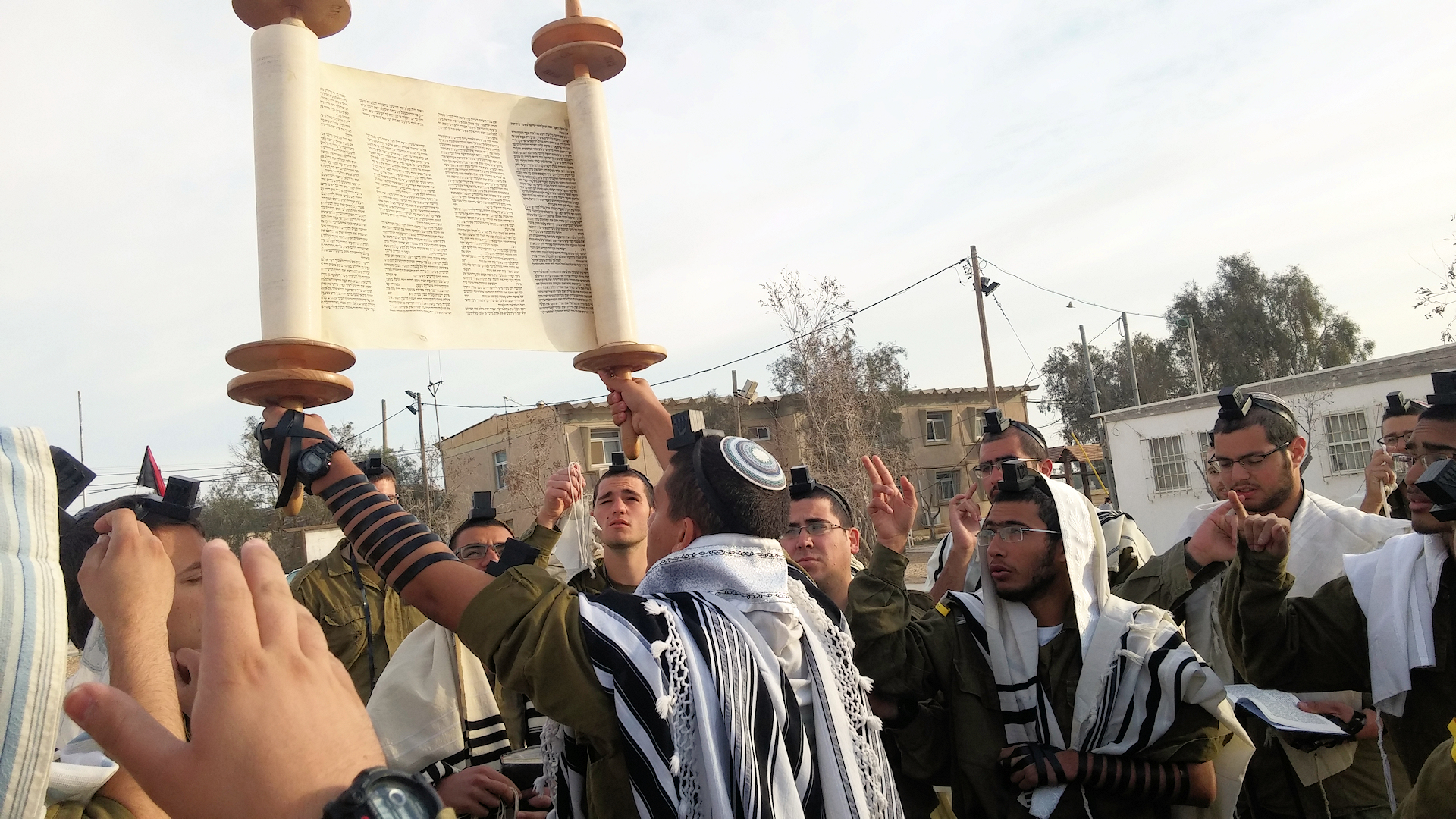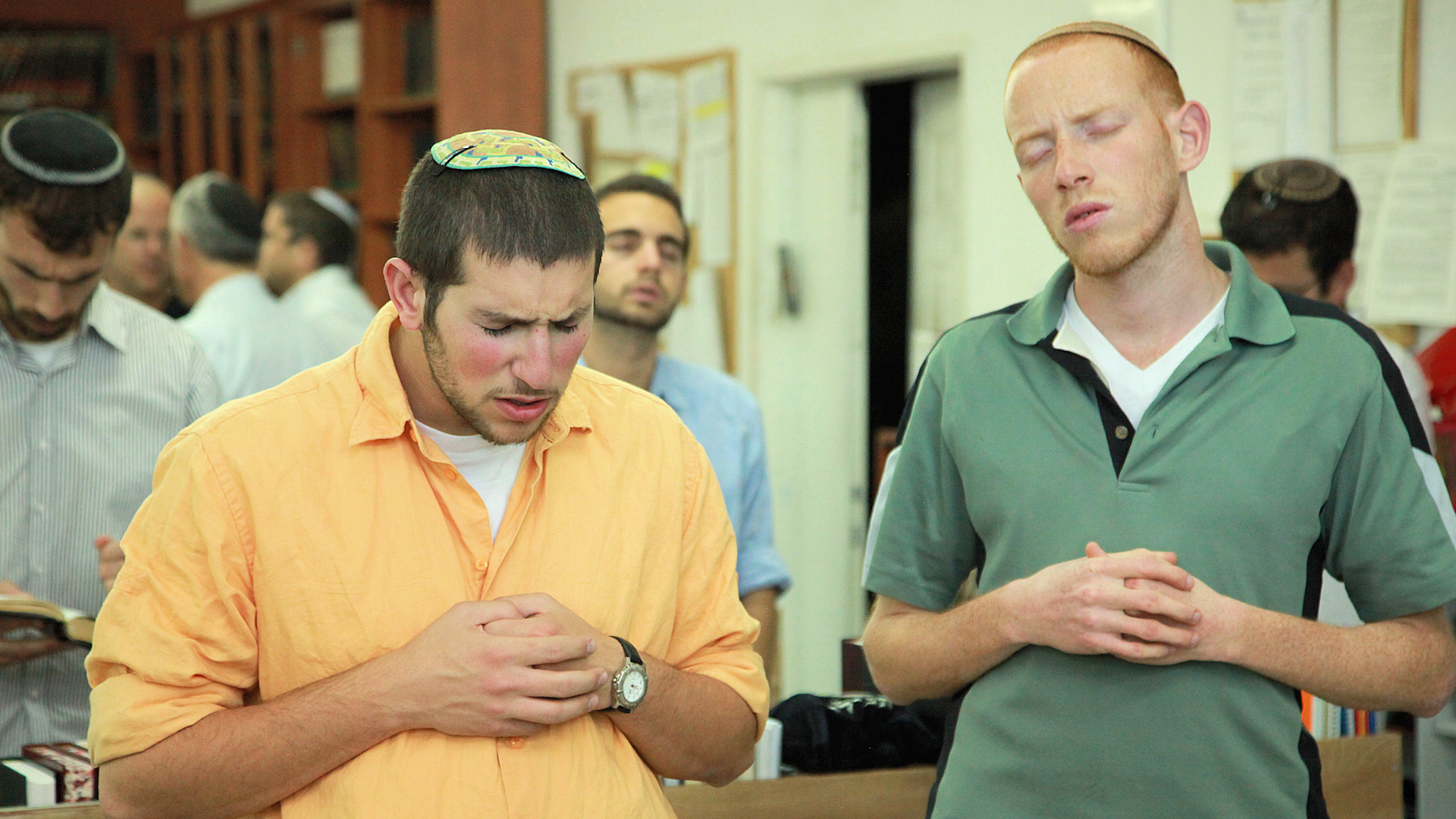Parshah and its implementation - Parashat Tzav - and the war of the 'Iron Swords' 5784
Rabbi Eliezer Haim Shenvald
The need to illustrate the threats and dangers
Dedicated to the IDF soldiers' success, to safeguard them lest any harm come to them, to the healing of all the wounded and the return of the abducted.
The Chief of Staff directed the army to begin investigating and drawing conclusions from the war so that they could be used in preparation for the possibility of a high-intensity war in the north. The tragedy and failure of Shabbat Simchat Torah raises big questions that cannot be covered in a short article. An answer will be available only after the investigative work is done and all the conclusions are drawn to some of the questions. We will focus on one of the questions from which very important lessons can be drawn for the future - the variety of security challenges we may face. How were we surprised! The signs that were there before the war of a widespread attack by Hamas and the occupation of towns and IDF outposts. Some were visible to all: preparing for war over visible models of the settlements, the practice of breaching the fence, statements of their leaders in the media, and more. And some of them were picked up by the sophisticated intelligence systems of the IDF. The entire plan was revealed by the intelligence officials in the division which, according to the publications in the media, was presented in the "Jericho Wall document", to the senior ranks of "the Intelligence Section" of the Israeli Military Intelligence (who chose to disapprove). How come the system ignored them and was not organized to prevent them?
Some link this to the 'conception' that was the property of many in the security and political arena that 'Hamas was deterred', and that it wants peace and an honest livelihood for the residents of the Gaza Strip. And an underestimation of its operational ability - that it cannot carry out its extravagant plans.
But there is probably another reason for this. It is very difficult to imagine military scenarios before they have occurred, to make the expected threat real, and to estimate the degree of risk that will be caused (that is why many armies prepare for the war that was and not for the war that will come). This difficulty increases when it comes to military personnel who specialize in operational activities and their judgment is based on existing reality, or on their experience. They have difficulty imagining and visualizing the threat and degree of risk when it comes to a future scenario. It is important to get to know the enemy's culture directly, its ways of thinking, and patterns of action, and through them, assess the degree of danger posed by them. It is very difficult when there is a built-in cultural gap between us and the enemy. There are quite a few commanders and policy leaders among us whose basic mental concept is an aspiration for values; good, justice, and freedom, and it is difficult for them to accept that there is a culture of evil and hatred, that strives for killing and barbaric murder without inhibitions. Instead of investing its resources to build a country that will serve the well-being of its residents, it invests most of its resources in building a country that is a military base, above ground and underground, designed to destroy its neighboring country. That is why it was difficult for them to estimate that it would generate power and be capable of an outbreak of evil and murder of this kind.
To distinguish between good and evil and between light and darkness, we find the difficulty of assessing in advance the degree of risk even in the sacred worlds, and the need to illustrate it.
The end of Parashat Tzav - and the beginning of Parashat Shmini form one unit.
At the end of Parashat Tzav, the conduct required during the seven days of consecration, during which the Mishkan was 'starting to move' and 'was being inaugurated', is detailed. During these times, the priests practiced the precise work required in the Tabernacle and the offering of the sacrifices, and in the rapid construction of the Tabernacle, in preparation for the start of the work on the eighth day. As the importance and magnitude of the holy work in the Tabernacle, so it is necessary to be careful about the work's precision and all its details.
At the beginning of Parashat Shemini, the Torah describes the conduct on the eighth day of initiation, including the climax, the exalted and joyful status of the descent of the fire, which expresses the appearance of the Divine Shekinah in the Tabernacle (Vayikra 9:24).
On this day occurred a devastating tragedy, Aaron's two sons, Nadav and Avihu, died (Vayikra 10:2). The two were considered 'holy' and close to G-d in a special way (ibid).
Our Sages discussed the question of what was the cause of their death ('investigation') and came up with several possibilities. The common denominator between them was that there was a deviation from the exact way in which they had to conduct themselves in the work of the Mishkan, and it came from a longing to be close to the Holy, without limits.
The tragedy of the death of Aaron's two sons, illustrated the greatness and severity of the work in the Tabernacle. As a coin with two sides. On the one side, the strictness and precision required, to be done in holy fear and with approaching limits, and on the other side, it illustrates the seriousness and danger of not being strict with them, which in extreme cases could lead to the death of the priests (Rabbeinu Bahya - Introduction to our Parasha). Therefore, "on the day after", at the beginning of Parashat "Acharei Mot" (Vayikra 16), the Torah links the precise instructions for worshiping on Yom Kippur and entering the 'Holy of Holies', to the death of Aaron's two sons:
מָשָׁל לְחוֹלֶה שֶׁנִּכְנָס אֶצְלוֹ רוֹפֵא, אָמַר לוֹ אַל תֹּאכַל צוֹנֵן וְאַל תִּשְׁכַּב בְּטַחַב; בָּא אַחֵר וְאָמַר לוֹ אַל תֹּאכַל צוֹנֵן וְאַל תִּשְׁכַּב בְּטַחַב שֶׁלֹּא תָמוּת כְּדֶרֶךְ שֶׁמֵּת פְּלוֹנִי, זֶה זֵרְזוֹ יוֹתֵר מִן הָרִאשׁוֹן, לְכָךְ נֶאֱמַר אַחֲרֵי מוֹת שְׁנֵי בְּנֵי אַהֲרֹן:
Rabbi Elazar ben Azariah illustrated this with a parable: It may be compared to the case of a sick person whom the physician visited. He (the physician) said to him: “Do not eat cold things nor sleep in a damp place!" Another physician came and said to him: “Do not eat cold things, nor sleep in a damp place so that thou mayest not die as Mr. So-and-so died!" Certainly, this (the latter) put him on his guard more than the former; that is why Scripture states “after the death of the two sons of Aaron" (Rashi on Vayikra 16:1).
Therefore, as a prelude to the commandment on the strict instructions of the work in the Tabernacle, the Torah points out the dangers of not following the strict instructions, from the case of Aaron's two sons



